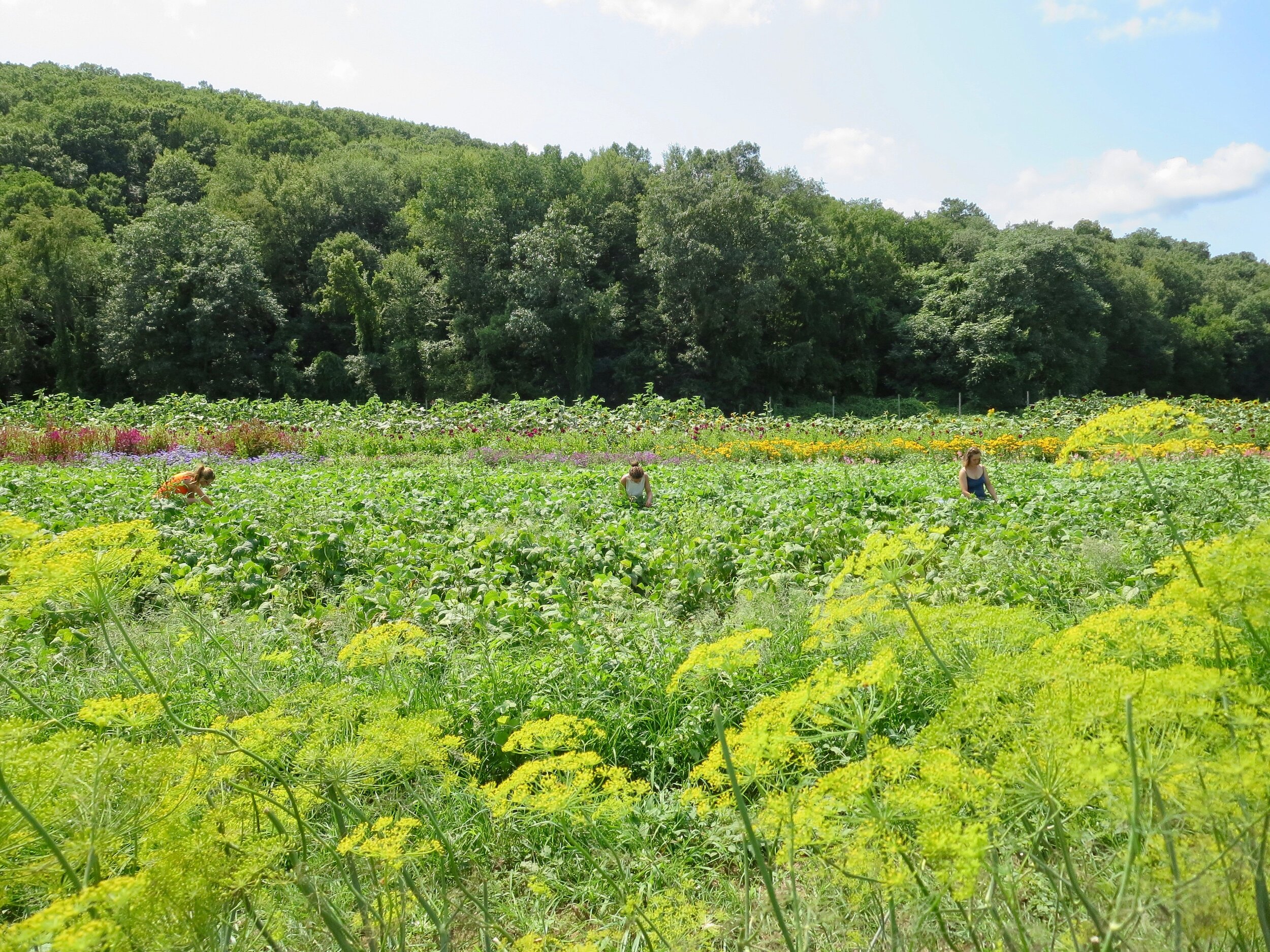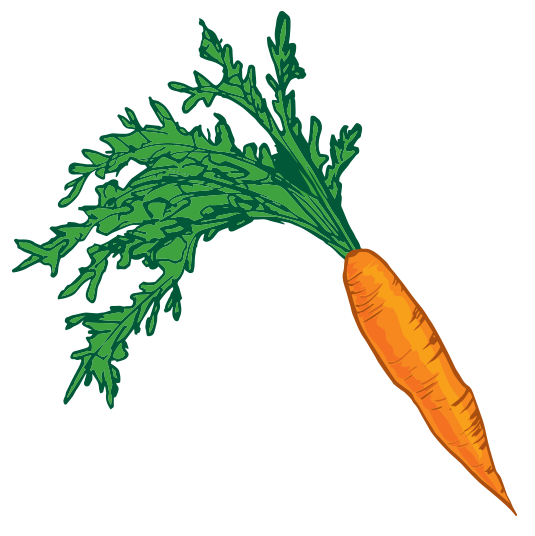
CSA FAQS
OUR CSA
+ How do I sign up for the CSA?
Information on signing up for the CSA is available on this website, see the "MEMBERS / JOIN" page!
+ When does the CSA season run?
Our farm stand is open from mid May through through Thanksgiving, with online ordering availble December through early January. Exact dates vary from year to year and will be mailed out to shareholders a few weeks before the first harvest.
+ How many people does your share feed?
Our share is completely flexible! Because we use a debit card system, you can come during our scheduled farmstand hours (Tuesday and Thursday, 2:00 to 6:30 PM, and Saturday 8AM to 12:30 PM), and customize your share from the produce we have displayed.
+ How much does a share cost?
You can purchase CSA cards in four amounts, $275 (we credit your card for $300, a 8% discount), $550 (we credit your card for $600, a 8% discount), $725 (we credit your card for $800, a 9% discount), and $900 (we credit your card for $1000, a 10% discount). We ask that you try to spend your card down to below $50 by the end of the year. Your leftover funds rollover to the following season. If you run low on funds during the season, you may add more money to your card in $100, at a 5% discount.
+ How does your CSA work?
Fort Hill Farm CSA shares are only available on the farm in New Milford, or at the New Milford Farmers Market. Shareholders choose their produce from our farm display, on Tuesday or Thursday from 2:00 to 6:30 PM, and/or Saturday mornings from 8 AM to 12:30PM,. This allows you to custom mix your share. Some crops are available as ‘pick your own’. Generally these crops (including strawberries, cut flowers, cherry tomatoes, and herbs) will be available for picking as long as they are in the field, and will be debited from your card when you check out at the barn. CSA members get one free bunch of flowers each week as a perk! You can also use your card at the New Milford summer and winter farmers markets.
+ Can I change pick up days?
Yes, you can come on whichever day is convenient for you. Skip a week, or come to the farm multiple times in one week.
+ What does ‘seasonal eating’ mean?
The advent of cheap fossil fuels and intensive investment in transportation infrastructure has made out-of-season produce so commonplace that most consumers no longer even know when produce is in season locally. You will learn these cycles of nature as a CSA shareholder. Spring is a bonanza of greens for salads, sauté, and stir fry. Summer starts with a profusion of summer squash and cukes, peaks with sweet, ripe heirloom tomatoes and sweet corn, and ends with the harvest of the first winter squash. Fall brings cool nights and warm days, lots of greens, along with an abundance of beets and carrots to savor in winter soups.
+ What happens if your crops fail?
We grow a huge variety of crops, everything from arugula to zucchini. So the chances of it being a bad year for everything are practically nil. For example, bad strawberry years (cool and wet weather) bring on bumper crops of sweet snap peas. We also grow several plantings of most crops. But there is a risk that farmers take each year, and as a CSA member you are taking on some of that risk. Some weather events, like severe hail and wind in late spring, cause crop yield losses that are unrecoverable. As a CSA member, you are taking on the rewards AND the risks of farming. Please consider that we do not refund shares due to weather damage or other Acts of Mother Nature before you commit to a share. On the plus side, you never lose the funds you put on your card, although we do ask that you try to spend down your card to within $50 by then end of winter.

